Two Orders in Unity
How a missionary focus on evangelization leads to true collaboration
Father Gregory Rothfuchs 1
It is one of the great ironies of the Second Vatican Council that the document that restored the ancient order of deacon as a lifelong ministry in its own right was Ad Gentes, the Decree on the Church’s Missionary Activity.
“Where episcopal conferences deem it opportune, the order of the diaconate should be restored as a permanent state of life. … For there are men who actually carry out the functions of the deacon’s office, either preaching the word of God as catechists, or presiding over scattered Christian communities in the name of the pastor and the bishop, or practicing charity in social or relief work. It is only right to strengthen them by the imposition of hands which has come down from the Apostles, and to bind them more closely to the altar, that they may carry out their ministry more effectively because of the sacramental grace of the diaconate” (Ad Gentes, No. 16).
Given that the permanent diaconate was foreseen as a practical solution to the extreme needs of mission territories — strikingly similar to the mindset that motivated the viri probati (“men of proven virtue”) debate at the Amazon synod — it’s rather odd how things turned out. The greatest flourishing of the permanent diaconate has occurred not in mission countries, but rather in the most economically developed country on earth, the United States, which has about 18,000 of the world’s 36,000 deacons.
Missionary Focus
It’s a bit of a head-scratcher. How did a ministry originally intended with a primary missionary focus end up becoming most successful in the country that at the time was the opposite of what could be considered mission territory? Perhaps it is an example of “the wind blows where it wills” (Jn 3:8), as well as proof that God can foresee challenges many years distant with a clarity that we cannot.
A realistic assessment of the current situation of the Catholic faith in America recognizes that we perhaps are not too far off from being mission territory. It is true that we have vast infrastructure that indicates a highly developed and established Church, but all the buildings hide fundamental challenges that are becoming more recognizable with each passing year.
I recently saw a startling tweet commenting on Pew study data concerning trends in American religion, “If you work for the Catholic Church in the U.S., your employer is Blockbuster Video, it’s June of 2008, and you’re still arguing about how to better display the DVDs on the shelves” (@frmattfish, Oct. 17, 2019). At first, this sounds like the sort of hyperbole that typically permeates social media … until you look at the graphs and data which accompany that tweet. The graphs show a free-falling decline of Christians matched by a corresponding increase of the “unaffiliated.”
As Bishop Robert Barron notes grimly in a June 2019 Catholic News Service article: “Half the kids that we baptized and confirmed in the last 30 years are now ex-Catholics or unaffiliated and one out of six millennials in the U.S. is now a former Catholic. … For every one person joining our Church today, 6.45 are leaving.”
The only way to assume a bright and rosy future in the face of such a growing body of research is to write off every bit of demographic data as wrong. If we are not already mission territory, it is becoming clear that we will have become so within the next generation, despite all our extensive facilities and impressive buildings.
In that context, perhaps the Holy Spirit had a plan in establishing this “missionary order” of the diaconate in a country that was not mission territory at the time but would certainly become so within two or three generations. In fact, when you consider that the rapid increase in the diaconate corresponds to the rapid decline of the priesthood in the United States, you intuit Providence coming to our help.
In 1975 in the United States, there were 58,909 priests and 898 deacons; in 2018 that ratio had changed to 36,580 priests and 18,291 deacons, according to statistics from the Center for Applied Research in the Apostolate. Notice that the drop in the number of priests is aligning proportionally with a corresponding increase in deacons. Could it be that the Holy Spirit, seeing the drought that was coming, provided us with a reservoir to survive it?
Collaboration in Ministry
All of this serves as background to the fundamental point of this article: achieving a true spirit of collaboration in ministry between the two orders of priest and deacon. While libraries of books have been written by management gurus on how to achieve healthy collaboration in an organization, there is a basic truth of collaboration that is apparent to common sense. The more inward-looking an organization is, the more the preservation of power structures, turf wars and petty squabbles will consume vital energy. The more outward-looking and goal-oriented an organization is, the more energy will be directed toward achieving results.
The current situation of the Church in the United States points to a dramatic and programmatic urgency for the task of evangelization as the primary mission of every parish. Attaining an urgent focus on evangelization has inevitable (and healthy) consequences for how pastors and deacons work together. If the culture of ministry at a parish is focused on maintenance — just making sure everything runs smoothly to preserve the status quo at the parish — ministry will inevitably be directed toward three goals: keeping people comfortable, content and contributing.
This is an outlook that shuns risk and suppresses initiative because it is motivated fundamentally by fear of failure. Obviously, collaboration in ministry is more of a catchword than a reality in such scenarios.
If, however, there is a deeply felt sense of urgency that the message of Jesus Christ must be proclaimed to a society (and a congregation) that is increasingly unaware and even opposed to it, the focus of ministry becomes entirely about “getting the job done.”
As a pastor, I realize that by myself, as one solitary priest in my parish, I cannot accomplish what the Lord has sent me to do — namely, proclaim the Gospel as fully and as effectively as it should be. I absolutely need the help of others to fulfill my priestly mission, and foremost among those helpers are deacons.
Deacons and the Word
In this perspective of evangelization, I find it significant that in the rites of ordination the bishop hands over the Book of the Gospels to the deacon, whereas he hands over the chalice and paten to the priest. While so much of the priest’s ministry is directed toward the Eucharist and reconciliation, the deacon is given the ministry of handing on the Word as a primary task. This seems relevant to the current situation.
How many aspects of evangelization are potentially within the sphere of ministry of the deacon? How many creative initiatives can be undertaken? The sad practical reality is that with just one priest in a parish the pastor is often consumed with a multiplicity of priestly duties that no one but he can accomplish. The necessary evil of governance in the Church is that the greater the authority one has, the more ministry becomes a bureaucracy. The pastor has to run the parish and immerse himself in all that his munus regendi requires of him. This leaves numerous gaps.
It has been observed that the seed of the Gospel is only planted in new soil in the context of deep friendships or family. Effective evangelization requires much more than preaching and writing; it requires a connection. The deacon has a unique opportunity in this area because his ministry has the flexibility and nimbleness to engage in networks of connection within the parish, thereby scattering the seed of the Gospel in every direction. A pastor who is truly centered on the mission of evangelization will realize that the deacon can accomplish much that he himself cannot in this regard and will foster these possibilities.
What does this mean practically? “Scrutinizing the signs of the times” (Gaudium et Spes, No. 4) is to recognize needs as they appear, with a desire to adapt to new situations. It is to look for the ways that the mission of the Church is not being fulfilled, the ways that fields ripe for harvest (cf. Mt 9:37) are left to rot. It is to engage in a sort of ministerial entrepreneurship.
An effective ministerial collaboration between pastor and deacon today is about this sort of focus. To the extent that a priest and deacon are not consumed with the politics and procedures of their particular parish, but rather focused on laboring to bring in the harvest with urgency, their ministry will coalesce because it will be goal-oriented.
An anecdote from the pontificate of St. John Paul II illustrates this focus. While dining with a group of bishops on their ad limina visit, one bishop asked him a hypothetical question meant to spur idle conversation and promote theological small talk. “Your Holiness, if a great number of people in a certain diocese have never heard the Gospel, will all those people go to hell?” John Paul replied simply, “No, but their bishop will.”
FATHER GREGORY ROTHFUCHS is pastor of St. Joseph Church in Lockport, Illinois.

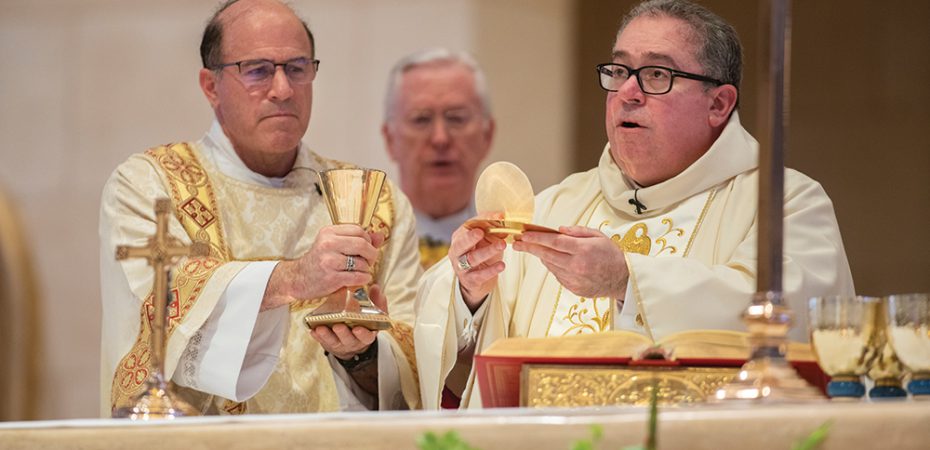
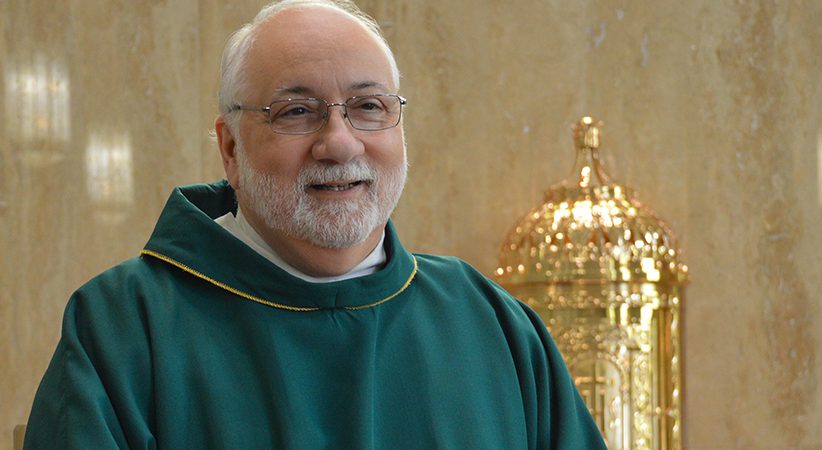
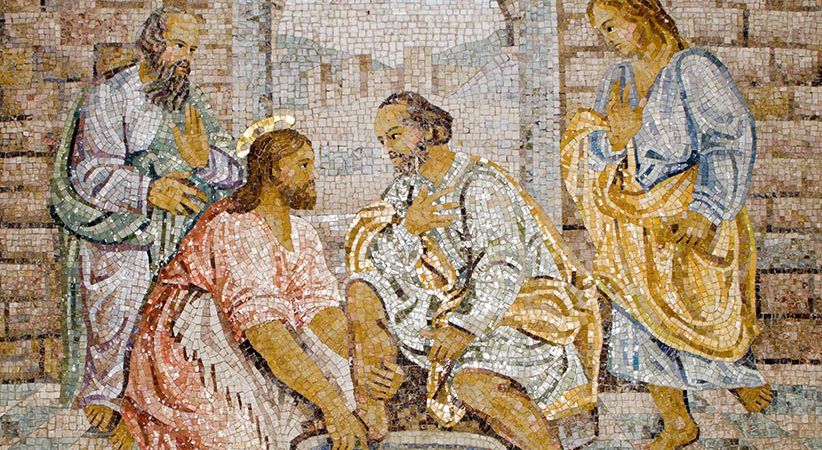
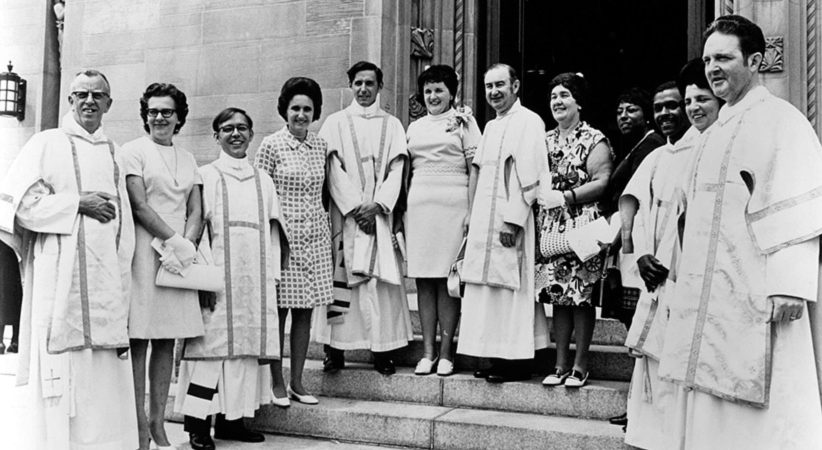
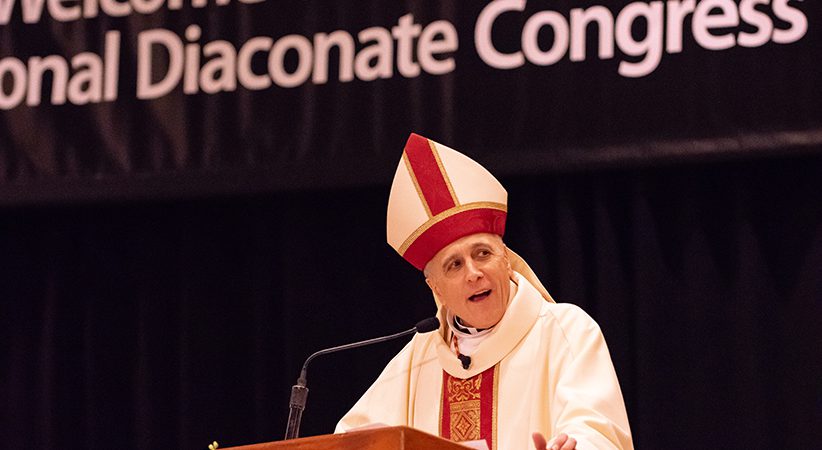
Comments are closed.